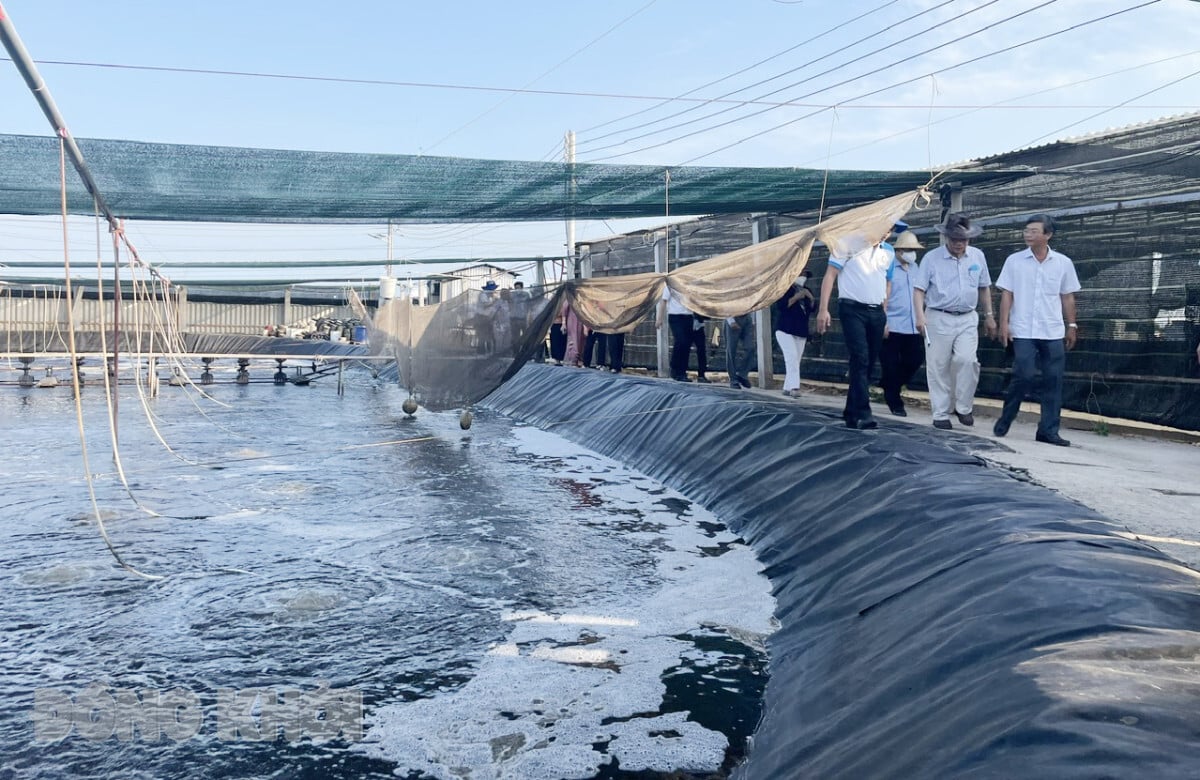
High-tech shrimp farming model in Thanh Phu district.
Clean energy development
After nearly 5 years, the province has formed an energy center in the Eastern region, with wind power as the main source. With the advantage of a long coastline and stable wind resources, the province has made the most of its potential to develop large-scale wind power projects. “The province has granted investment policies and implemented 19 wind power projects with a total capacity of 1,007.7 MW. Currently, 9 projects have been completed, with a total capacity of 374 MW (close to the target of 500 MW by 2025). By the end of 2024, the province will have 250.75 MW of wind power and 69 MW of solar power connected to the grid…”, said Director of the Department of Industry and Trade Nguyen Van Be Sau.
Notably, the proportion of renewable energy in the province's total primary energy supply reached 32% by the end of 2024, much higher than the target of 15% by 2030. This achievement affirms the right direction in the local sustainable development strategy. The target by 2030 is that the total capacity of the province's approved power sources will reach 1,214MW.
In parallel with developing energy sources, the province also focuses on investing in a synchronous and modern power transmission system. In the period of 2020 - 2024, the total investment in developing the power grid in the province is over 1,245.8 billion VND. By the end of 2024, the whole province has 2 220kV transformer stations with a capacity of 625MW; 9 110kV transformer stations, with a total installed capacity of 757MW; 237,796km of 110kV lines; nearly 2,827.9km of medium voltage lines; nearly 5,358.8km of low voltage lines, with a total distribution transformer capacity of 1,156,860kVA. There are 7 key 110kV projects put into operation in the period of 2020 - 2024.
According to Director of the Department of Industry and Trade Nguyen Van Be Sau, in addition to wind power, biomass and waste-to-energy projects are also included in the plan, to ensure the diversity and sustainability of energy sources. In particular, the province has identified new energy, including green hydrogen, as one of the breakthrough solutions. The province is building the "Green Hydrogen Complex" project, utilizing wind power and solar power to produce green hydrogen, serving the need for clean energy in the future.
Breakthrough in high-tech shrimp farming
The Provincial Party Committee has identified aquaculture as one of the two key economic sectors, with exports as the main driver of development. Currently, the province focuses on five main farming species: white-leg shrimp, tiger prawn, pangasius, clams and giant freshwater prawns. In addition, the province has also developed a number of other farming species such as: sea bass, red tilapia, Gift tilapia, sea crabs and blood cockles, etc.
Every year, the total aquaculture area in the province is estimated at over 47,000 hectares; of which, brackish water shrimp farming is about 36,000 hectares (accounting for over 75%). Implementing the goal of economic development towards the East, the aquaculture industry in coastal communes of the province is having positive changes towards high technology. The high-tech shrimp farming model has achieved a yield of about 60 - 70 tons/ha, with a cumulative farming area of over 3,600 hectares, reaching 90.25% of the Resolution's target of 4,000 hectares.
According to Deputy Director of the Department of Agriculture and Environment Nguyen Van Buoi, shrimp farmers have converted traditional production methods to modern ones, applying high technology, applying good farming practices, traceability, biosafety, and protecting the ecological environment. There is a connection and cooperation between production and consumption of products according to the value chain. Exported shrimp products ensure quality and competitiveness, building prestige in the world market. To expand the scale, the province is implementing high-tech shrimp farming infrastructure projects in Binh Dai and Ba Tri districts, helping to improve the efficiency of seafood production and export.
In addition, the seafood processing industry also recorded an average growth rate of 0.39%/year, contributing 13.48% to the industrial production value of the whole province. Seafood export turnover increased by an average of 10.3%/year, accounting for 5.56% of the total export turnover of the province.
Implementing the Project on converting fishing professions by 2030, the province is making efforts to overcome the EC's yellow card warning. Fishing ports in Ba Tri and Binh Dai have seriously implemented measures to prevent IUU fishing. Currently, the province has 3,606 fishing vessels; of which, 2,008 are offshore fishing vessels. The province has established 160 fishing cooperatives associated with protecting sea and island sovereignty.
Synchronous investment, promoting growth
According to Chairman of the Provincial People's Committee Tran Ngoc Tam, the successful implementation of the vision to the East and the potential for sustainable development are very important to the province. With focuses such as: developing the marine economy; coastal transport infrastructure; renewable energy, seaports, logistics, processing and manufacturing industry; forming integrated urban - service - tourism areas; high-tech agriculture...
In recent years, coastal districts of the province such as Binh Dai, Ba Tri, Thanh Phu are gradually becoming attractive tourist destinations. Strong investment in infrastructure, cultural festivals, and diverse tourism products have created great attraction for tourists. It is expected that in the period of 2021 - 2025, the total number of visitors to the three coastal districts will reach about 2.3 million, accounting for 25.4% of the total number of visitors to the province, bringing in revenue of about 2,822 billion VND, accounting for 24.6% of total revenue from tourism.
The province's key projects and works continue to be invested in and progress accelerated. The province has started construction of Ba Lai 8 bridge on the coastal road. Actively coordinated with Vinh Long province to complete the construction procedures for Dinh Khao bridge. The province has submitted to the Ministry of Planning and Investment and the Ministry of Finance for appraisal and approval of the Pre-Feasibility Study Report on the Cua Dai bridge construction project and completed the proposal for the coastal road construction project connecting Ben Tre province with Tien Giang and Tra Vinh provinces...
In order to optimize the geographical advantage, the reclaimed area will be invested in a seaport capable of receiving large capacity ships. The seaport system and connecting traffic will be planned synchronously, creating favorable conditions for trade, transportation and sea tourism. This will not only help improve the competitiveness of the province but also attract strategic investors to the coastal area.
| According to the master plan, the province has 3 economic zones, including: Eastern coastal area (including: Ba Tri, Binh Dai, Thanh Phu) and the sea space within the province, with a length of 65km. The area north of Ham Luong river (including: Ben Tre city, Chau Thanh and Giong Trom) and the area south of Ham Luong river (Mo Cay Bac, Mo Cay Nam and Cho Lach). In which, the sea encroachment area in the Eastern region is identified as the driving force for development, including: Binh Dai district with an area of 21,000ha, Thanh Phu district with 15,000ha and Ba Tri district with 14,000ha. |
Article and photos: Cam Truc
Source: https://baodongkhoi.vn/mo-rong-khong-gian-kinh-te-bien-07042025-a144798.html


![[Photo] Prime Minister Pham Minh Chinh receives Ambassador of the French Republic to Vietnam Olivier Brochet](https://vphoto.vietnam.vn/thumb/1200x675/vietnam/resource/IMAGE/2025/5/13/f5441496fa4a456abf47c8c747d2fe92)
![[Photo] Many people in Hanoi welcome Buddha's relics to Quan Su Pagoda](https://vphoto.vietnam.vn/thumb/1200x675/vietnam/resource/IMAGE/2025/5/13/3e93a7303e1d4d98b6a65e64be57e870)
![[Photo] President Luong Cuong attends the inauguration of the international container port in Hai Phong](https://vphoto.vietnam.vn/thumb/1200x675/vietnam/resource/IMAGE/2025/5/13/9544c01a03e241fdadb6f9708e1c0b65)

![[Photo] President Luong Cuong awarded the title "Heroic City" to Hai Phong city](https://vphoto.vietnam.vn/thumb/1200x675/vietnam/resource/IMAGE/2025/5/13/d1921aa358994c0f97435a490b3d5065)

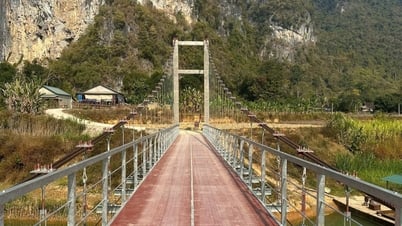
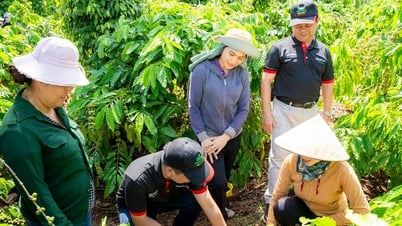

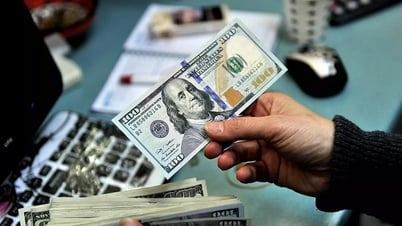

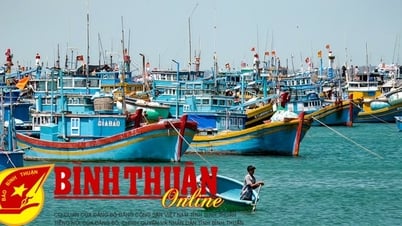





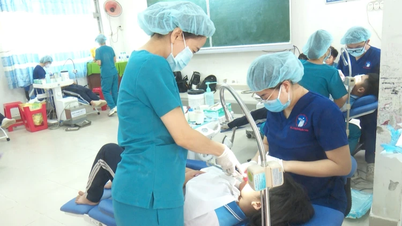
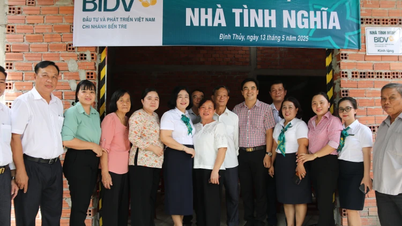
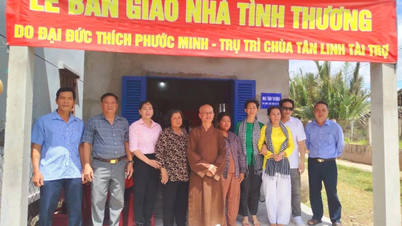










































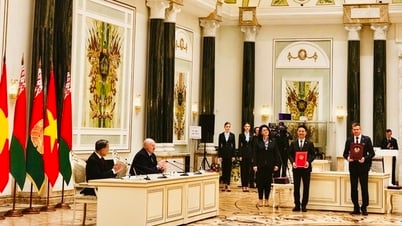








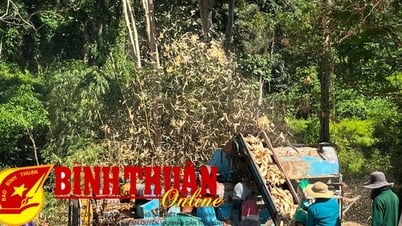




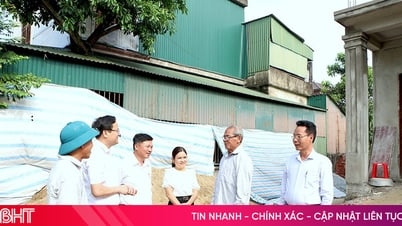











Comment (0)